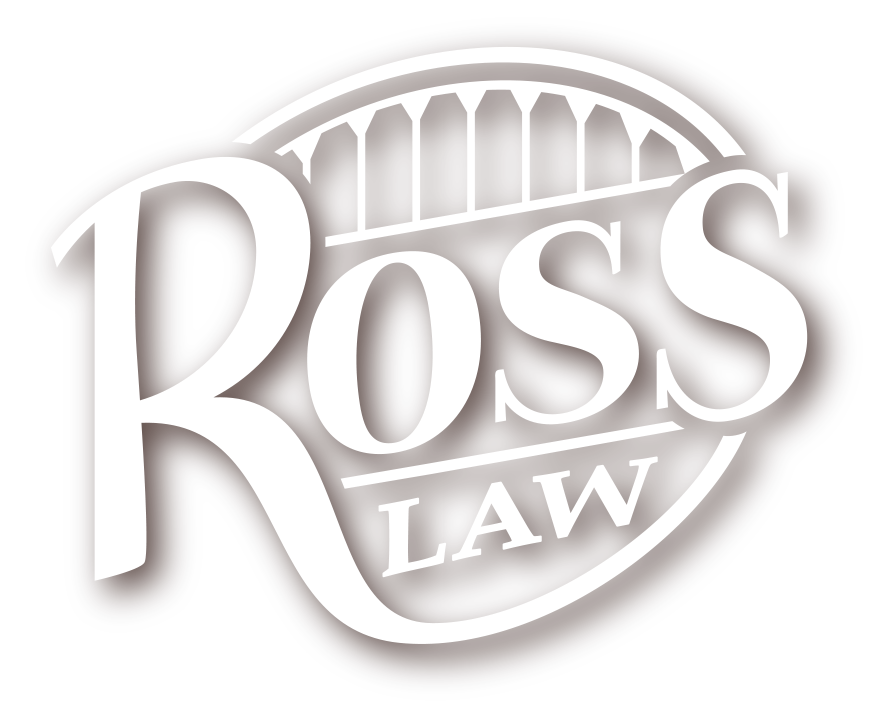Most people in car crashes suffer some type of soft tissue injury. Soft tissue injuries are injuries to the muscles, ligaments, and tendons in the body. Whiplash is a type of soft tissue or bony injury to the neck or brainstem caused by the sudden back and forth movement of the neck. These injure typically occur in rear end or side impact car crashes. That movement rips, tears, and stretches the soft tissue in the neck, and can cause more severe injuries. Some soft tissue injuries are minor and don't warrant medical treatment, while others can take months or years to heal. Some soft tissue and whiplash injuries are permanent and may require surgical interventions. Although these injuries are serious injuries, insurers regularly discount them. Here are some things you should know about whiplash injuries that insurance companies don't want you to know:
1) Whiplash Injuries Are The Most Common Injury Associated with Motor Vehicle Crashes: Insurers often discount claims of whiplash as malingering (making an injury up with the purpose of obtaining an award) or somatoform disorder (psychological issues causing physical symptoms). They attempt to convince the injured person that they couldn't have suffered an injury that lasted for as long as it did. Insurers for the bad driver often make the injured person feel as if they are the only person to have whiplash symptoms last as long as they did or were as severe as they were. This is an effort to attempt to convince the injured person that the crash could not have injured them. However, the insurer is wrong. Whiplash injuries are not unique. In fact, up to 83% of people involved in a car crash suffer from whiplash injuries. Medical studies have shown these are real injuries that can dramatically impact a person's life and health.
2) Whiplash Injuries Do Not Typically Show Up on an X-Ray: Insurance adjusters will often note that the Emergency Room X-Rays of the neck are unremarkable and do not show any evidence of injury. Adjusters may attempt to convince the injured person that the crash didn't cause a whiplash injury because there is not any "objective" evidence of it (think X-Ray, or broken bone, misalignment of bones, etc.). However, studies show X-Rays do not typically show soft tissue injuries to the neck and whiplash type injuries. However, MRI studies may show the soft tissue and whiplash type injuries. However, MRI's may come with their own problems of high false positive results, and cannot see all pain associated lesions. CT scans may be able to show some, but not all whiplash injuries. However, they are costly and are not always readily available. Other tests may not show injury. This information is important because adjusters know that the injuries are real, but technology may not show these injuries. A medical provider (Doctor, Osteopath, or Chiropractor) can diagnose whiplash injuries based on other objective findings without the need for imaging. Insurers know this, but may try and convince you otherwise.
3) Whiplash Injuries Can Be Permanent: Insurance adjusters commonly say that the crash caused whiplash injury should have healed within 12 to 16 weeks. They explain the lingering pain on "pre-existing" or age-related conditions. However, this ignores the science and studies that have shown that there is no scientific basis to assert whiplash injuries do not lead to chronic pain or permanent injuries. These are real injuries that can be permanent.
Hopefully, this information will assist you in combating an insurance agent to assist you in obtaining maximum compensation for your injuries. However, if you are unsuccessful efforts or have questions for a personal injury lawyer, call Jeremiah Ross at 503.224.1658 for your free personal injury consultations. Ross Law PDX represents personal injury clients throughout Portland and Oregon. PLEASE ASK A DOCTOR ABOUT YOUR WHIPLASH INJURY. This post is meant for information purposes only and SHOULD NOT be RELIED UPON as or construed as medical advice, or legal advice. Please remember that every injury is different and all legal cases are different.




